CEOs should take a holistic look at their talent pool and develop programmes to grow their talent to meet future requirements.
Around 85 per cent of the Indian CEOs who participated in the KPMG CEO Outlook Survey were gung ho about the country’s economic growth in the next three years. As the economy starts scaling upwards, they were sure that the demand for talent will also increase exponentially.
However, the study also reveals that corporates are expected to have a tough time in finding and managing this talent. 78 per cent of the global CEOs expect an increase in the headcount in the next three years.
As Stephen Chase, US leader of KPMG’s management consulting practice, says, “Talent is among the toughest issues companies need to address to stay relevant.”
And to get over this crisis, Chase says, “Organisations will have to embrace the disruptive route”, which he refers to as ‘retalenting’.
What he means is the existing talent has to be reskilled to meet newer business objectives.
Interestingly, Indian PSUs have been using this strategy for years now.

As Nishi Vasudeva, chairman and managing director, Hindustan Petroleum, says, “We only hire at the entry level so all our staff and executives are homegrown, cradle-to-grave types. We tend not to have any lateral hires.”
“When we need new skills, we usually train our existing staff and we will continue to do that as we add new businesses,” she adds.
Margaret Cowle, KPMG’s head of management consulting, Asia Pacific, is of the opinion that Asia Pacific CEOs are very much focussed on talent.
They drive teams to work together to identify critical roles and understand the capabilities needed to succeed, so that they can strategically place their people.
“This is creating a cultural shift in support of greater collaboration and innovation, both across teams and countries. It also requires leaders to take a holistic look at their talent pool and develop robust programmes that will grow their talent to meet their future needs,” she adds.
About 30 per cent of CEOs expect a talent gap in the next three years. So, what can be done to get the right talent in place to drive business success?
According to Nhlamu Dlomu, People and Change, KPMG, “After looking at the external facts that can affect the business, one needs to evaluate the talent needs as well, both in terms of types of skills and number of people.”
It will also help determine how best to borrow or buy those skills.
Once this practice is part of the company’s culture, it can be used to proactively respond to anticipated changes, rather than react to current conditions.
CEOs need to redraw the battle lines to win this war for talent.
One has to consider that a new lot is part of the workforce today, and this lot wants a sense of meaning at work, more feedback, more variety and out-of-the-box experiences, rather than a simple progression up the ladder.
Companies need to align with the thoughts and ambitions of their people and engage with them on all levels — rational, emotional and decision-making.
This will retain the specific skills businesses need today and tomorrow.
Value our content... contribute towards our growth. Even a small contribution a month would be of great help for us.
Since eight years, we have been serving the industry through daily news and stories. Our content is free for all and we plan to keep it that way.
Support HRKatha. Pay Here (All it takes is a minute)










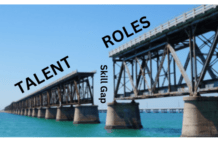

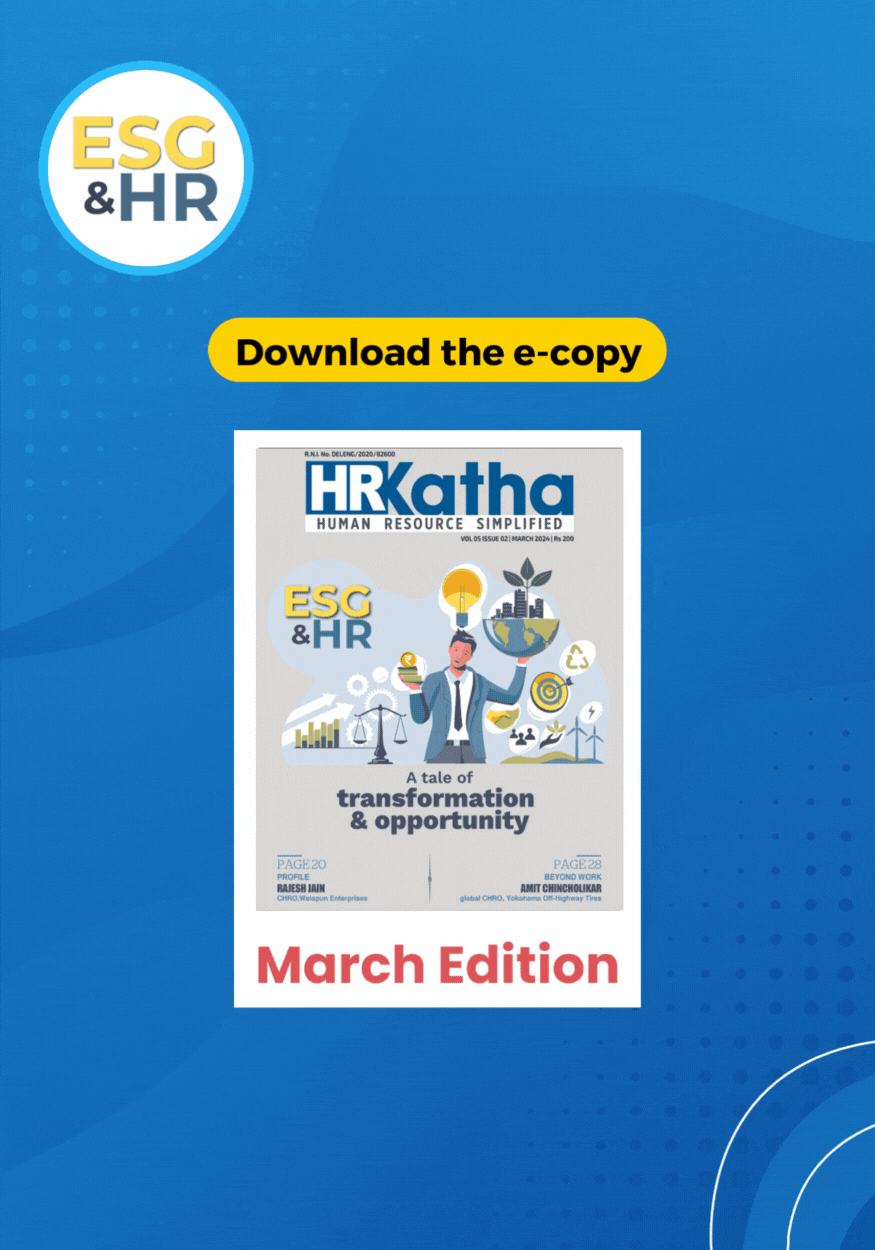











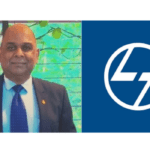

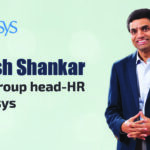

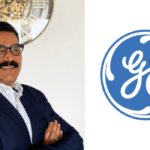








He is responsible for overall strategy, financial performance and operations, talent recruitment and development, and delivery of services. Geller has served as a US Deloitte Consulting board member, the global and US leader for HR Transformation, and the US Human Capital chief strategy officer.